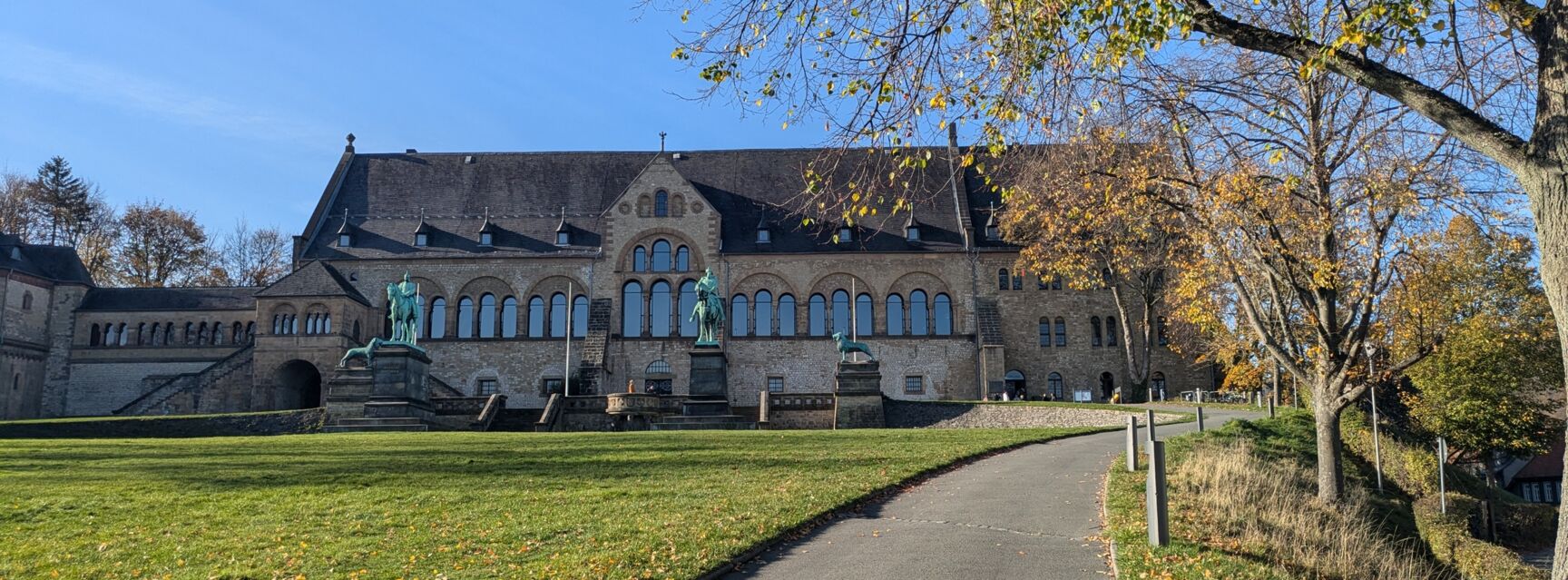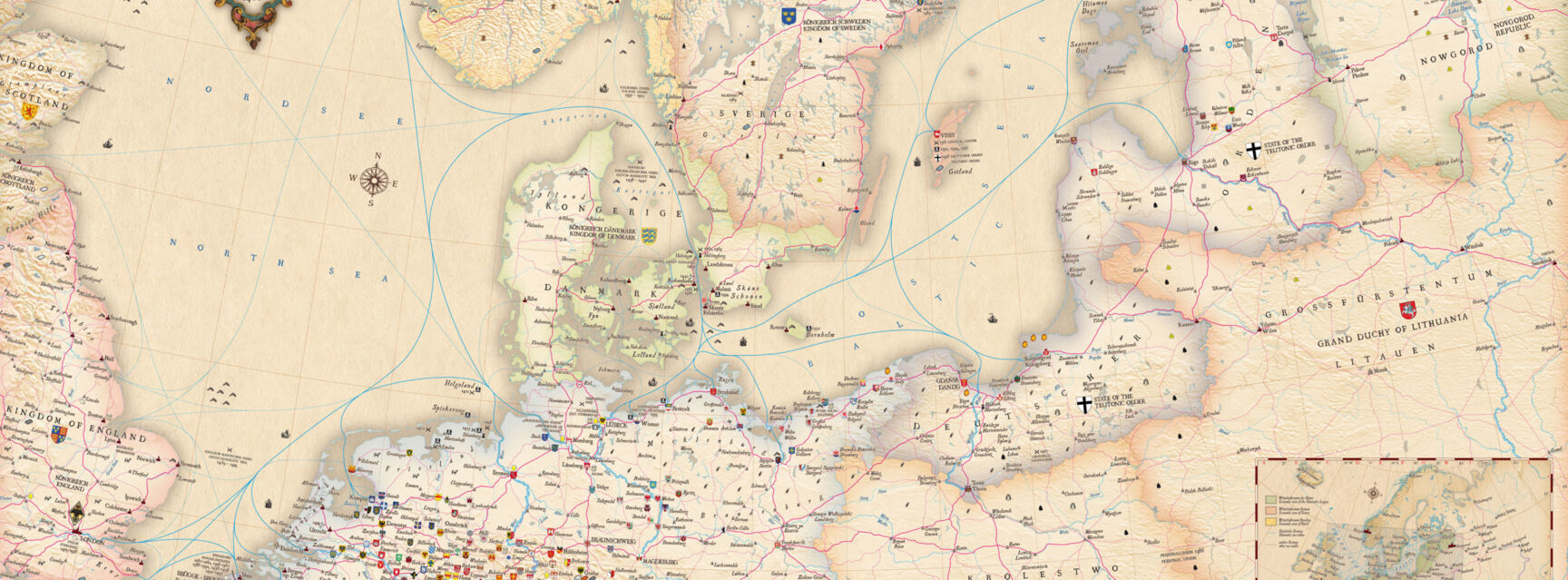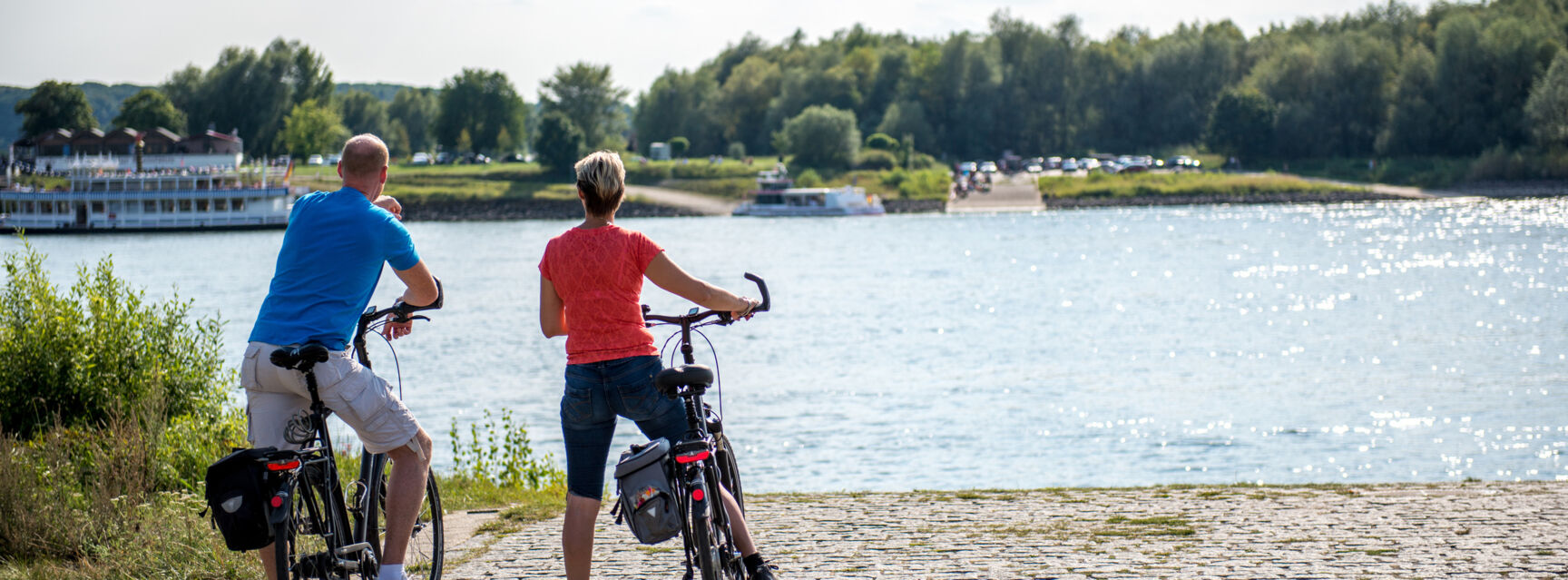Other UNESCO world heritage sites
In addition to the World Heritage Sites, which are directly linked to the cultural heritage of the Hanseatic League, there are many other UNESCO-listed places in the member cities of THE HANSA - from the Roman Limes border line to modern industrial sites.















